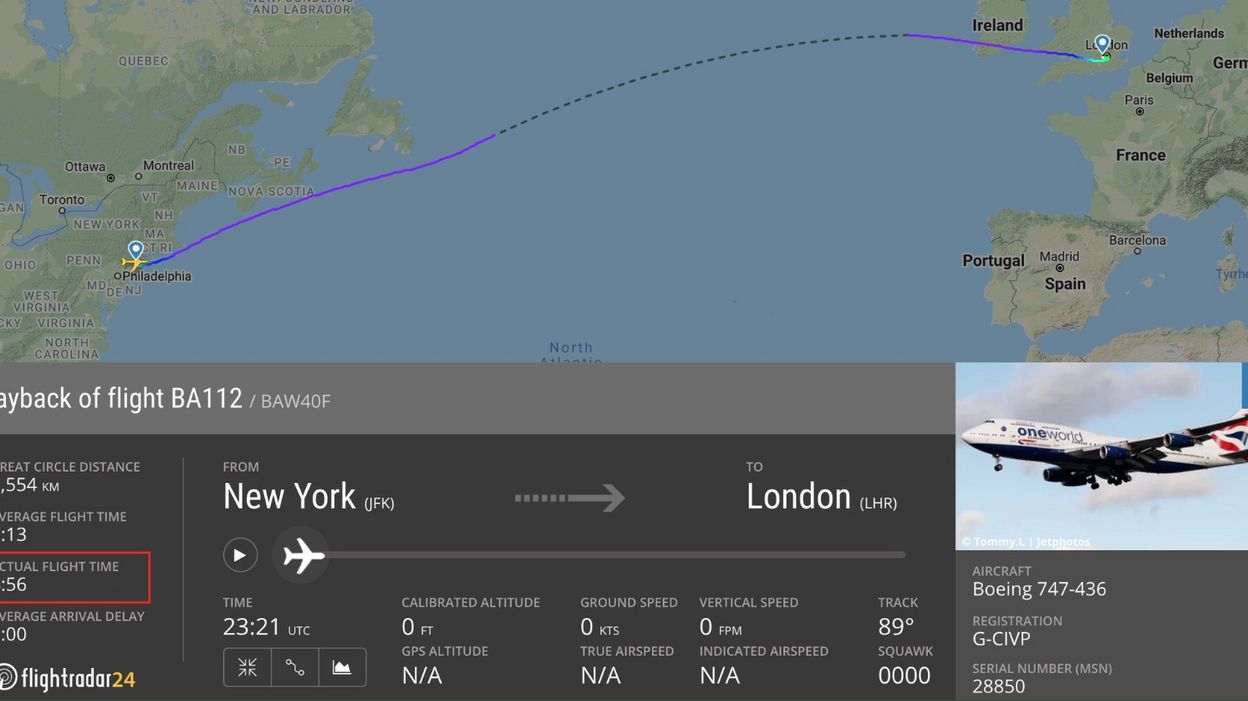The tools are there, but the craft is missing. Managers often work with strategic and operational tools to control their business, but they regularly fail to use them. According to a study, there is a lack of consistency and transparency in many places.

In times of change, declining income and rising costs, a well thought-out and sustainable strategy is essential. In the bank blog you will find current studies and trends on the topics of strategy and management.
–
The market environment of many industries and companies today is characterized by increasing volatility, uncertainty, complexity and ambivalence (VUCA world). No one can predict the future, and those who try are seldom accurate. As a result, managers and companies drive more and more “on sight”.
Status quo: are you planning well?
In order to somehow have to gain quantifiable knowledge for strategic decisions, many companies use strategic and operational tools that are supposed to make the uncertain market environment for their products more predictable.
A new study by business consultancy PwC shows how things are going for corporate managers. It illuminates how corporate decision-makers evaluate the degree of maturity and professionalism of their strategic portfolio management and the management of their corporate structures.
The authors investigate the following questions: To what extent have companies implemented tools and methods in order to be able to make informed and conscious decisions? How objectively and transparently do decision-makers use this? And above all: how consistently do you implement the measures derived from it?
Managers are not acting consistently enough
A “Strategic Fit Assessment” (SFA) helps with strategic decisions in portfolio management, ie about company acquisitions and sales, investments and restructuring. It defines which business units belong to the core business and which do not. The study reveals: 80.9 percent of the decision-makers surveyed have already implemented such an “SFA” in full or in part.
But appearances are deceptive. Because the influence on the business decision remains surprisingly limited: not even half of the respondents (43.3 percent) conduct such an analysis transparently and objectively. With 30.7 percent, almost a third of the decision-makers also stated that they would only sell a unit if a good opportunity arises. 29.9 percent only if the market conditions are favorable.
And now it is getting strange: 13.4 percent assured that they would not do anything after a corresponding SFA result. The technology is questioned, but the oracle’s saying is ignored. The entrepreneurs apparently lack confidence.
Ever more complex corporate structures
The more complex the operational structures, the more important it is for managers to evaluate them in detail and quantified. This is the only way to react to an increasingly volatile market environment.
The future looks similar, namely even more complex: According to the study, eight out of ten decision-makers expect their corporate structures to increase in complexity.
More than half of the managers surveyed assume that the complexity of corporate structures will increase linearly over the next five years. Around a quarter of those surveyed (24.8 percent) even expect an exponential increase in complexity. In contrast, only 18.5 percent expect complexity to remain the same or decrease. However, many would still hesitate too often to professionalize their management approaches accordingly.
Is the solution called “Operational Fit Assessment”?
A new system could help. “Operational Fit Assessment” (OFA) offers company decision-makers a standardized process to master the confusion of influences. With its help one could identify, evaluate and control structures. Almost three quarters of those surveyed (72.7 percent) have at least partially implemented such an OFA in their companies.
But only 36 percent are really convinced of OFA that there is a lack of transparency and objectivity. Nevertheless, 78 percent of those surveyed consistently implement the measures derived from the OFA regardless of the quality of the criteria. This shows significantly more trust than the SFA approach.
React early to volatility
The authors of the study advocate a review of corporate strategies and, if necessary, adjustments. The more volatile the market outlook, the better companies have to review and adjust their strategies. Decision-makers should invest in suitable tools and methods for portfolio management and the management of their corporate structures as early as possible. The easier it will be for them to respond adequately to increased uncertainty and increasing complexity.
Premium subscribers to the Bank Blog have direct and free access to reference information on studies and whitepapers.
Not a premium reader yet?
Premium subscribers to the Bank Blog have direct access to all paid content on the Bank Blog (study sources, e-books, etc.) and many other advantages.
>>> Register here
A service from the bank blog
The Bank Blog regularly checks a large number of studies / white papers for you and presents the relevant ones here. As a special service, the search for purchase and download options will be relieved of you and you will be forwarded directly to the provider page. As a Premium Subscriber, you support this service and the reporting on the Bank Blog.
–
–
:quality(75)/cloudfront-us-east-1.images.arcpublishing.com/elcomercio/AKC6UVZNQRC4FM5IIO7JTBYOCU.png)
